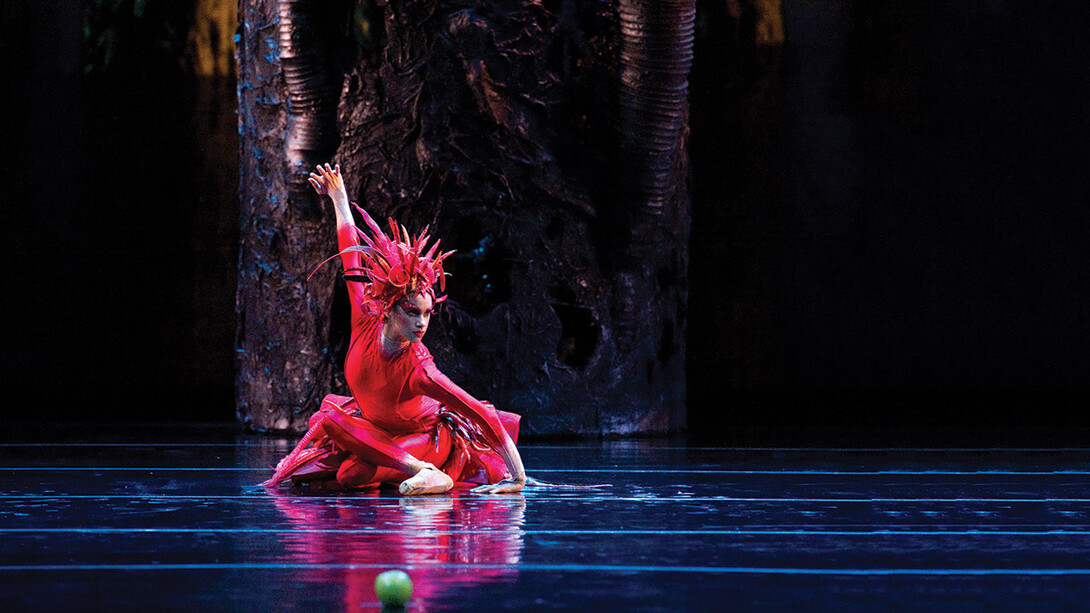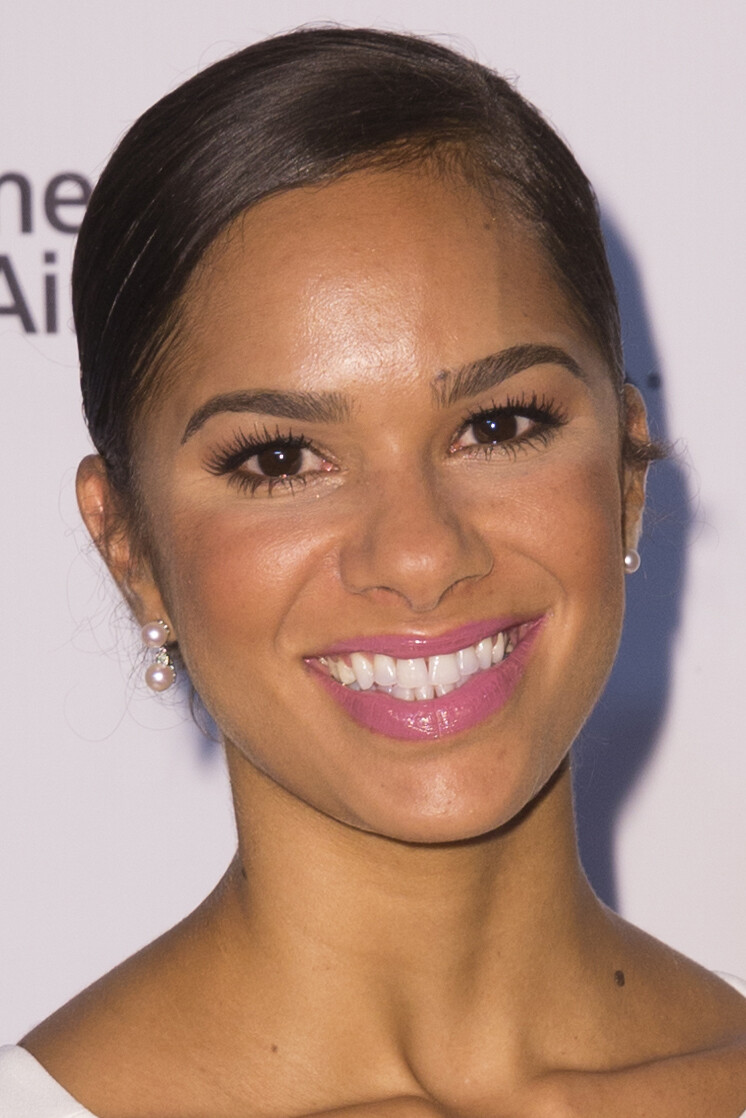
In the midst of Black History month, a history-making ballerina will appear on the stage of the Lied Center for the Performing Arts for an unprecedented production.
Misty Copeland is the first African-American woman to be named principal dancer in the 75-year history of the American Ballet Theatre, the New York City-based classical ballet company once led by ballet superstar Mikhail Baryshnikov. The U.S. Congress designated the company as “America’s National Ballet Company” in 2006.

Copeland was described as a “pop culture juggernaut and riveting ballet force” by the Detroit Free Press before the American Ballet Theatre performed at the Detroit Opera House Feb. 8-11. She is to dance the lead role in Igor Stravinsky’s “Firebird” Feb. 16, the first of two American Ballet Theatre performances at the Lied Center. The 2,258-seat Lied Center is sold out for both performances.
The performance is unprecedented because the ballet company will be performing for the first time with the St. Louis Symphony, a Grammy Award-winning orchestra ranked among the best in the nation.
In addition to her dance performance, the E.N. Thompson Forum on World Issues will present “A Conversation with Misty Copeland” at 7 p.m. Feb. 13. Although tickets for the event are sold out, it will be livestreamed from the E.N. Thompson website. and broadcast live on Lincoln ALLO channel #2, Spectrum channel #1300, Windstream channel #5, and State channel #4
Copeland’s life story is compelling - “one of those stories you think some Lifetime movie will come of it,” she has said. The daughter of a single mother, she was born in Kansas City and reared in San Pedro, California. When she discovered ballet at age 13, she was living in a shabby motel room, fighting with her five siblings for a place to sleep on the floor.
She was dancing en pointe within three months of her first ballet lesson and performing professionally within just more than a year. She met rejection at first. One ballet academy rejected her application, saying her feet, Achilles tendons, torso and bust didn’t meet the requirements for a ballet.
“”You have the wrong body for ballet,’” she recounted from the letter in a 2014 interview with ABC News. What that letter told her, she said, was “I’m black - and we don’t count in the ballet world.”
But Copeland followed in the footsteps of other famous black ballet dancers, such as Arthur Mitchell, who was a principal dancer at the New York City Ballet from 1962 to 1971, and Raven Wilkinson, who became the first African-American to dance with a major touring troupe in the 1950s. Wilkinson, who encountered the Ku Klux Klan while touring in the South, became a mentor to Copeland.
In addition to becoming a principal dancer in 2015, Copeland has published a wellness book, “Ballerina Body,” she has become a face of Estée Lauder, and has had a Barbie doll created in her honor.
In the ABC News interview, she has said she is proof that a little girl’s dream can come true
“You can change someone’s life by allowing them to be part of something so special - and that’s what it did for me.”







